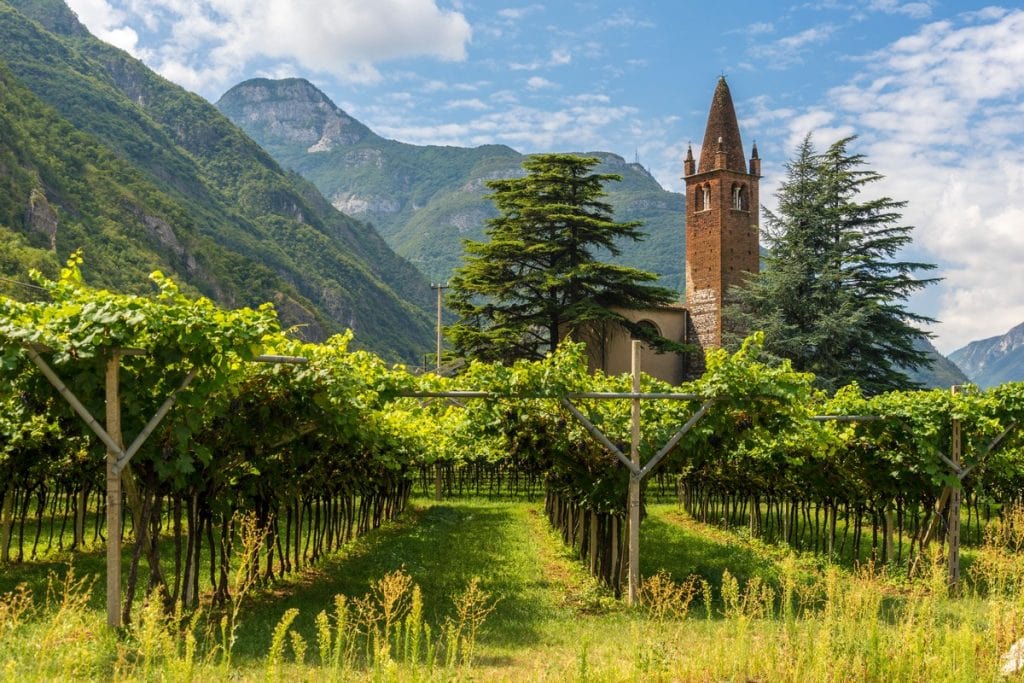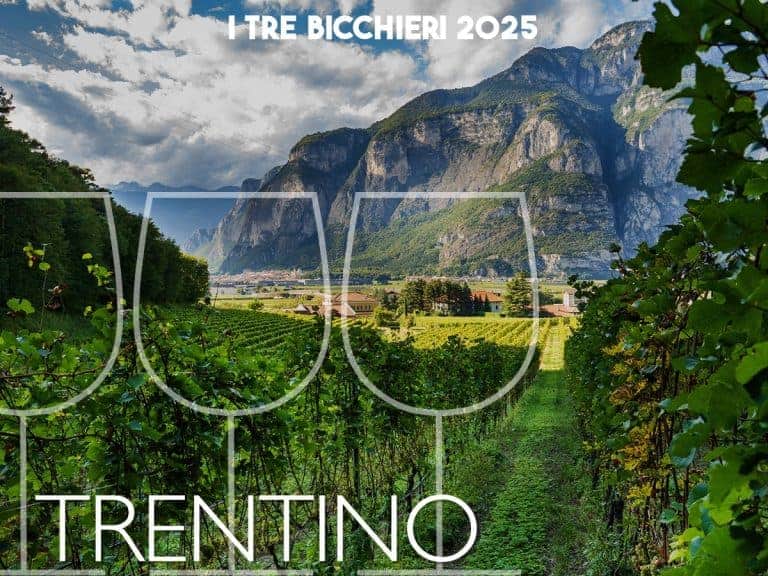Does Trentino still rhyme with wine? We've heard this question often in recent years. Let’s give our answer, one that comes directly from the glass: undoubtedly, yes! The quality of the wine is not in question, nor is the authenticity and territorial adherence of the wines presented. Perhaps the issue stems from the observations of some local wine experts who make unhelpful comparisons with the neighbouring province.
We prefer to highlight the dynamism of this region, driven especially, but not exclusively, by Metodo Classico. In fact, Trento’s sparkling wines continue to progress each year, thanks to a diverse mix of cooperatives, small winemakers, and prestigious private wineries. Together, they define the region’s identity.

Tre Bicchieri 2025 Trentino: the new entries
Exemplifying this year's Tre Bicchieri winners in the Vini d'Italia 2025 guide by Gambero Rosso are two standout entries. Etyssa and Lavis have crafted two exceptional cuvées based on Chardonnay: one from a small start-up by four young winemakers, the other from a significant cooperative. Overall, looking beyond the awards, we observe a great consistency in simpler products, combined with the complexity of *millesimato* and Rosé versions, positioning the Mountain Sparkling Wines at the forefront of national production.

Tre Bicchieri 2025 Trentino: the still wine
Alongside the sparkling wines, Trentino also boasts a solid production of still wines, proving that the region has several strengths. The standout grape is Teroldego, which, in the Rotaliana plain, produces truly complex, deep reds that are smooth and satisfying. Two wines in this category have been awarded, and Pinot Noir also finds a beautiful expression among the still reds.
Among the whites, several outstanding Nosiola wines are worth noting, produced both as fresh, vintage wines and as more complex versions released several years after harvest, demonstrating great ageing potential. Not to forget the famous Vino Santo, made from the same variety and a key feature of the Valle dei Laghi. Another grape to watch is Müller Thurgau, exemplified by the Monogram from Pojer & Sandri, one of the best.
Last but not least are the so-called international varieties. In Trentino, these have adapted beautifully and are now a long-standing tradition, to the point where they can almost be considered local. A prime example is one of Italy’s greatest red wines, San Leonardo (60% Cabernet Sauvignon, 30% Carmenère, 10% Merlot), produced by the namesake winery, a true model in terms of history, richness, consistent quality, and vision.


 Farewell cacio e pepe in New York. "With tariffs, Pecorino Romano will also become more expensive." The warning from Giuseppe Di Martino
Farewell cacio e pepe in New York. "With tariffs, Pecorino Romano will also become more expensive." The warning from Giuseppe Di Martino Against tariffs? Here are the US foods that could be "hit"
Against tariffs? Here are the US foods that could be "hit" US tariffs: here are the Italian wines most at risk, from Pinot Grigio to Chianti Classico
US tariffs: here are the Italian wines most at risk, from Pinot Grigio to Chianti Classico "With U.S. tariffs, buffalo mozzarella will cost almost double. We're ruined." The outburst of an Italian chef in Miami
"With U.S. tariffs, buffalo mozzarella will cost almost double. We're ruined." The outburst of an Italian chef in Miami "With US tariffs, extremely high risk for Italian wine: strike deals with buyers immediately to absorb extra costs." UIV’s proposal
"With US tariffs, extremely high risk for Italian wine: strike deals with buyers immediately to absorb extra costs." UIV’s proposal






